Uganda, known as the "Pearl of Africa," is a country filled with diverse landscapes, vibrant cities, and a rich culture. Maybe you’re visiting for a wildlife safari, trekking mountain gorillas, or exploring the local culture, it is important to understand the transport system and how you will be getting around Uganda once you are there.
In this guide, we give you a comprehensive overview to help you understand and easily navigate to any part of the country.
Whether you are visiting for business, leisure or any other purpose, this will give you a proper grounding on how to get around Uganda.
Main Hubs
as with any other place, Uganda has some places that can be regarded as main hubs when it comes to the movement of people and good. This is mainly the airport, the capital city and the popular national parks.
Entebbe International Airport
Most visitors enter Uganda through Entebbe International Airport (EBB), located about 45 minutes from the capital city - Kampala.
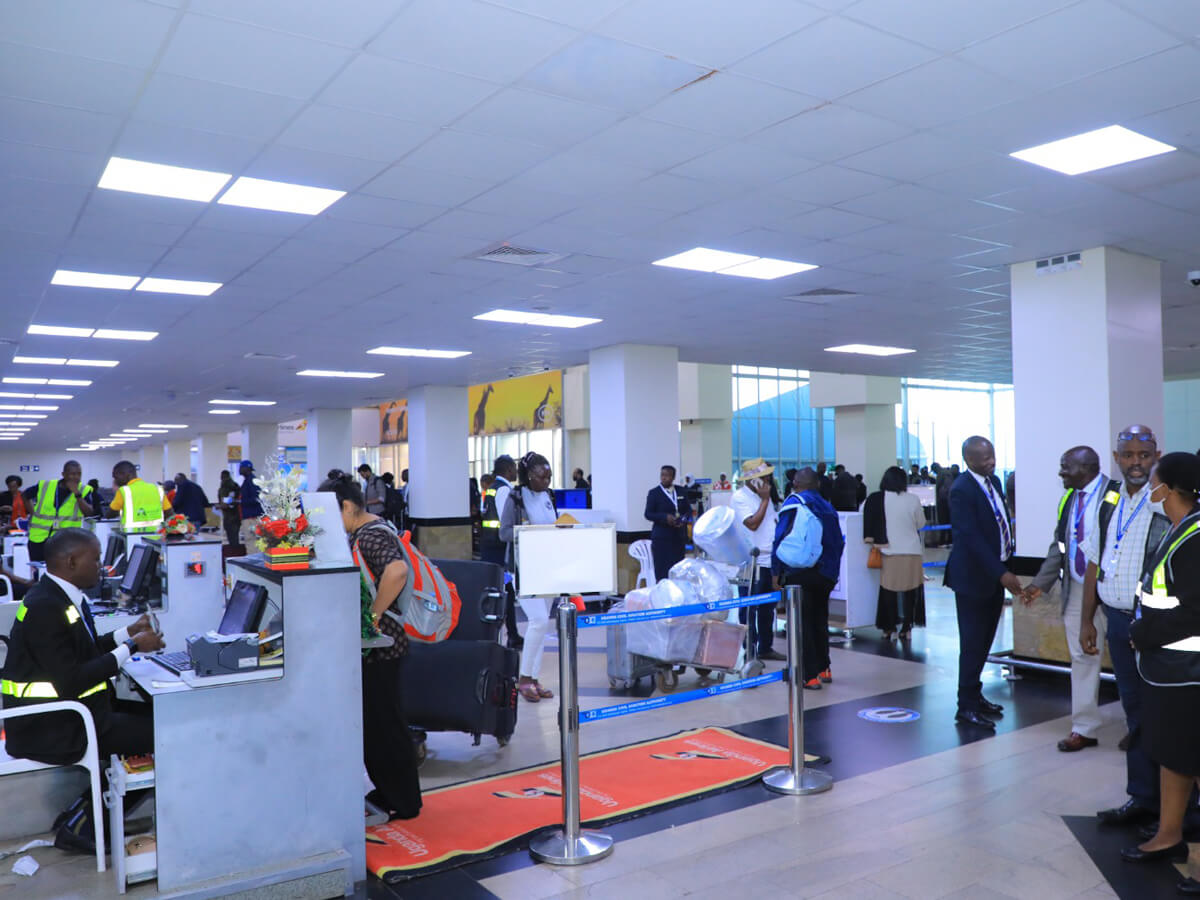
The airport is modern and well-equipped with services such as car rentals, currency exchange, and duty-free shopping. From Entebbe, visitors can connect to major cities, national parks, and other attractions either by road or domestic flights.
Kampala
Kampala - the capital, is Uganda’s largest city and the main transportation hub. Many bus companies, private taxis, and matatus (minibuses) operate from here, providing connections to other regions of the country.
For most visitors, Kampala is either the start or the end point of their safari journey.
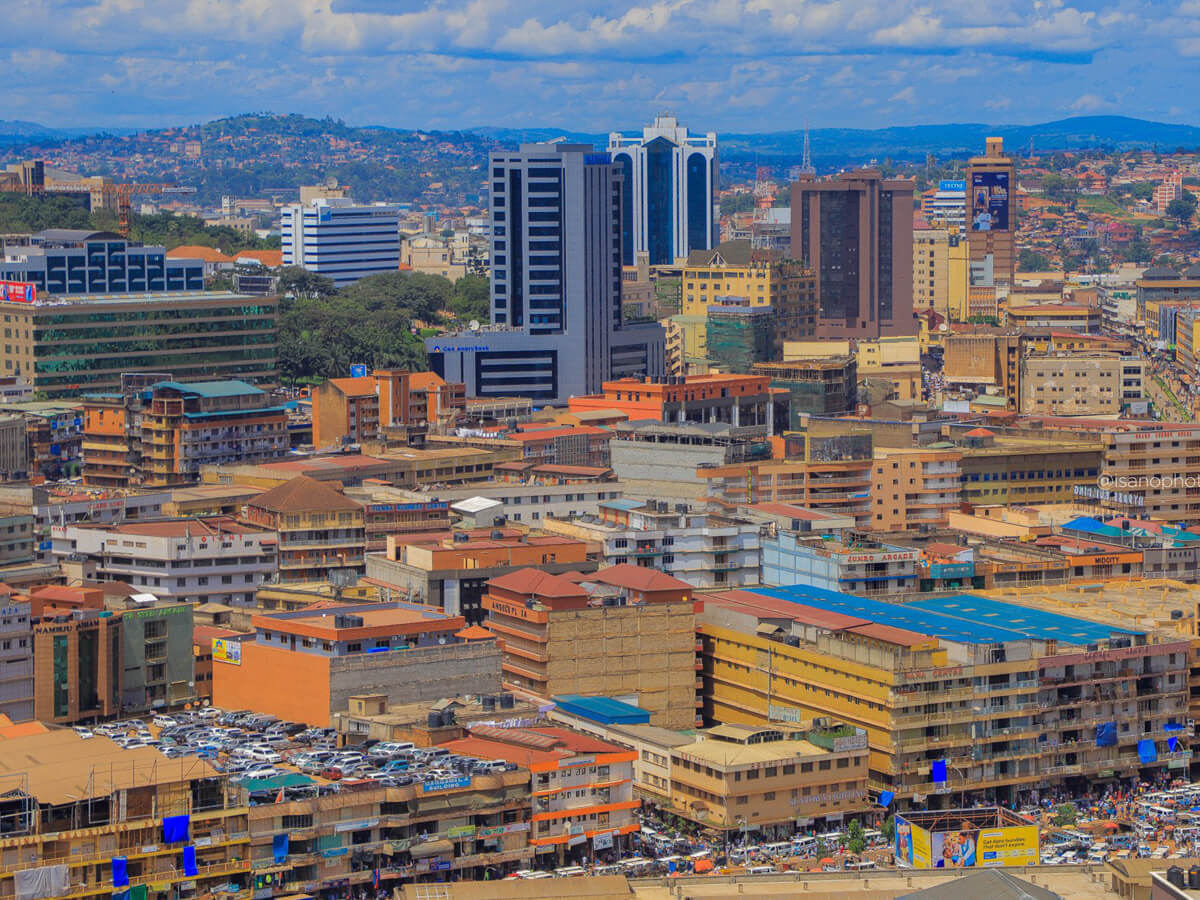
Kampala is a busy and vibrant city with all the aspects that make a city fun, interesting and complex. If you are staying in Kampala for an extended time, learning about the public transport system - especially with boda boda motorcycles will make your stay easier and more enjoyable.
Related article: Places to see & things to do when visiting Kampala
National Parks
Uganda’s national parks are spread out across the country, and getting to them is very easy and straightforward. Popular parks like Bwindi Impenetrable (for gorilla trekking) and Murchison Falls are accessible by both road and air.
The main roads are tarmac surfaced and make movement easy. Roads inside the parks can be a bit challenging during the rainy season and this is why a 4WD car is often recommended.
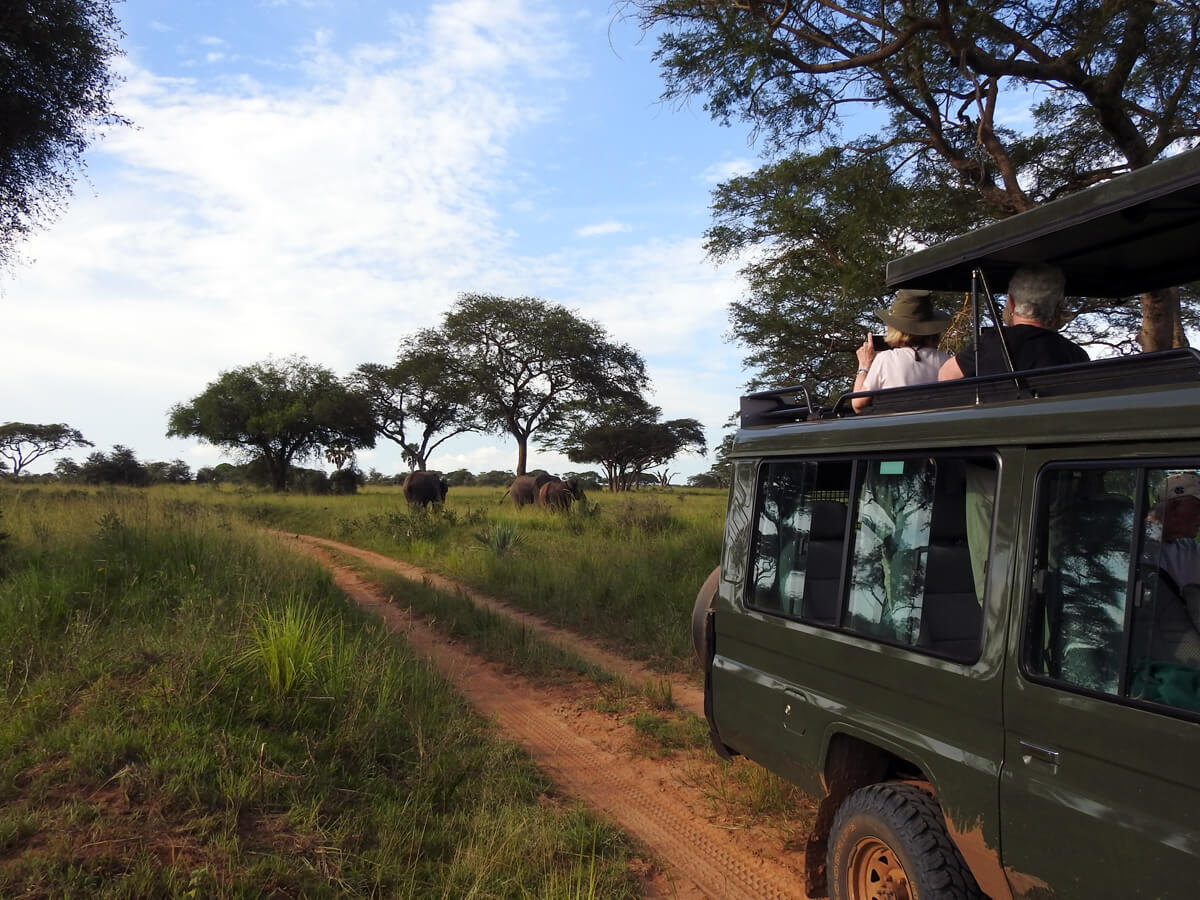
Public Transport
Uganda has a variety of public transport options, though they vary in terms of comfort and reliability. Here's a breakdown of the most common ways to travel within the country.
Matatus (Minibuses)
Matatus are shared minivans that are the most widely used form of public transport in Uganda. They are affordable and operate fixed routes between towns and within cities.
While these minibus taxis are the cheapest option, they can be quite crowded and often follow no set schedule. They leave once they’re full, so it’s important to be flexible with your timing if you choose this option.
Matatus can also be a bit overwhelming for visitors unfamiliar with local practices. However, with a little patience and willingness to experience local culture, they can be a convenient way to get around towns or travel between nearby cities. Just be sure to ask locals or conductors for help if you’re unsure of your destination.
If you are visiting Uganda for a holiday, this might be a great experience to undertake with your guide on the Kampala city tour. Doing it alone is really overwhelming if you are not a resident of Kampala.
Boda-Boda (Motorcycle Taxis)
Boda-bodas are the fastest way to get around Uganda’s cities, particularly in congested areas like Kampala. These motorcycle taxis are readily available and can navigate through traffic jams with ease.
However, they also come with some risks. Many boda-boda drivers don’t wear helmets, and the nature of the rides can be rough. Always ask for a helmet, negotiate fares in advance, and choose drivers from known companies or those using apps like SafeBoda for safer experiences.
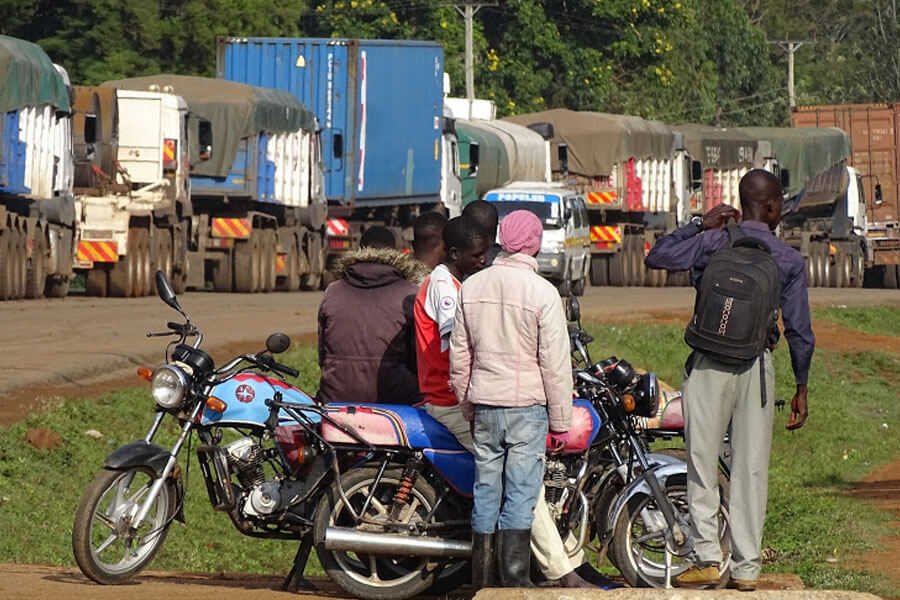
For short distances, boda-bodas are often more convenient than cars, but visitors should be cautious, especially if they're not accustomed to motorbike travel. In smaller towns and rural areas, boda-bodas may be the only form of local transport.
Once you have travelled by boda-boda enough time, the anxiety from slicing through the traffic jam will no-longer show up for you.
As a visitor, have someone you know call a boda-boda they know and trust to take you around. And yes, everyone has a few numbers of trusted boda-boda riders.
Buses
For long-distance travel between cities, buses are a reliable and relatively comfortable option. Companies like Post Bus, Link Bus, Global Coaches and Jaguar provide connections between major towns and cities, offering both express services and local routes that stop frequently.
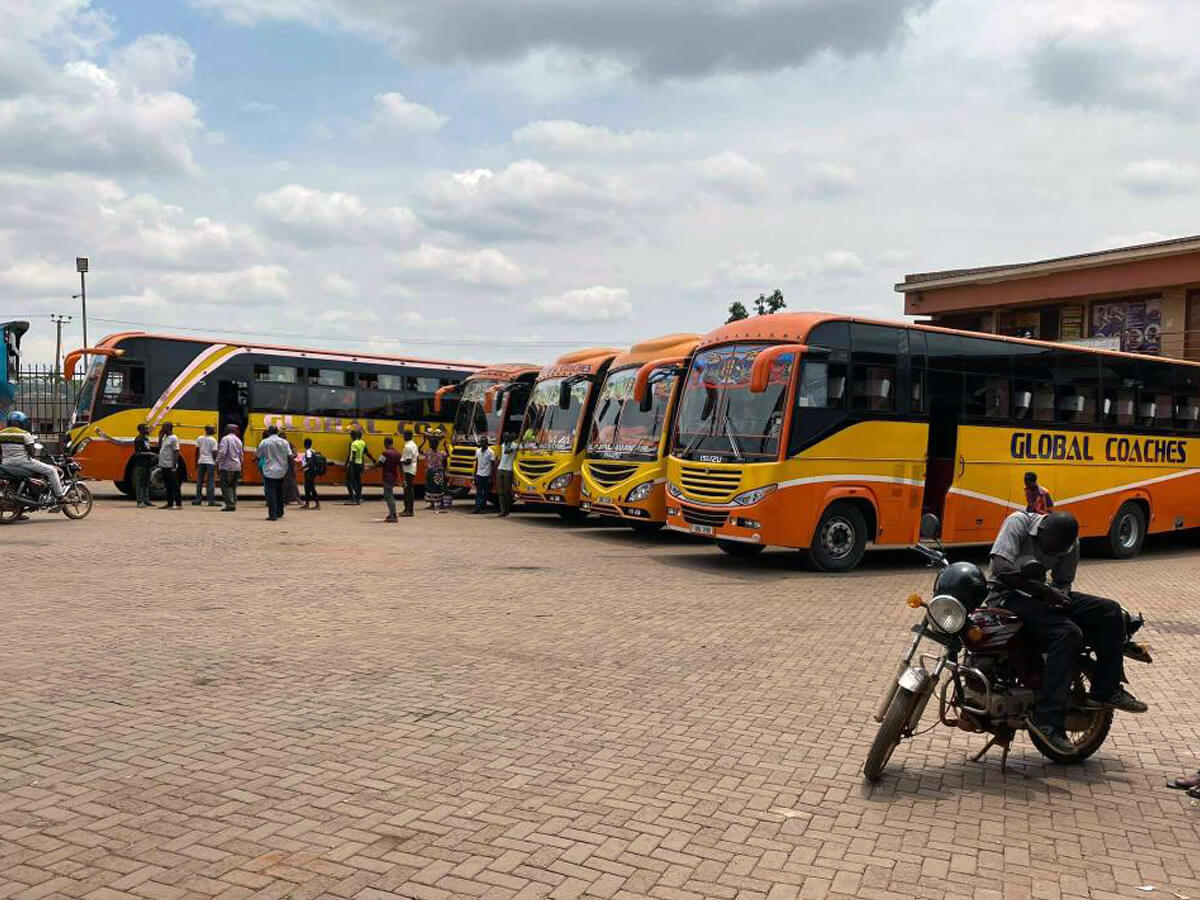
Buses usually have set departure times, though delays are common. Most long-distance buses depart from Kampala, and it’s advisable to book tickets in advance for popular routes, especially during the holiday seasons.
Bus travel is ideal for budget-conscious visitors, as it is more affordable than private taxis or car rentals.
Generally most tourists hire a private car or go with a tour company, but if you are a savvy traveller, you can get these buses to the town near the attractions - and then maybe hire a car for a shorter bit of the journey. For self-guided budget travellers, this is a very viable option of getting to other parts of Uganda.
Car Rentals & Self-Drive
Renting a car is an excellent option for visitors who want the freedom to explore Uganda at their own pace. Car rental services are available at Entebbe Airport and in major cities like Kampala, Mbarara, Kasese, Masindi, Jinja, etc.
Most rental companies offer a range of vehicles, including 4x4 options, which are highly recommended for those planning to visit national parks or rural areas, where roads can be challenging, especially during the rainy season.
Driving in Uganda
Uganda drives on the left side of the road, which can be a challenge for visitors from countries that drive on the right.
Road conditions vary significantly, with highways between major towns generally in good condition, while rural roads can be dirt or gravel and difficult to navigate.
A self-drive option gives you flexibility, but it’s important to be prepared. Ensure you have a GPS or a reliable map, as signage is not a great thing to rely on.
Driving in cities like Kampala can be hectic due to traffic and the unpredictable nature of boda-bodas and matatus. Kampala traffic is disorganized, and unless you have had experience in a similar situation, driving in Kampala is probably not going to be for you. Just remember that International visitors must carry an international driving permit (IDP) alongside their regular license to drive legally in Uganda.
Domestic Flights
Uganda has a growing network of domestic flights that can help travellers save time, particularly when visiting remote national parks.
Airlines such as Aerolink and BAR Aviation operate routes between Entebbe, and several national parks like Bwindi, Kidepo, Murchison Falls and Queen Elizabeth.
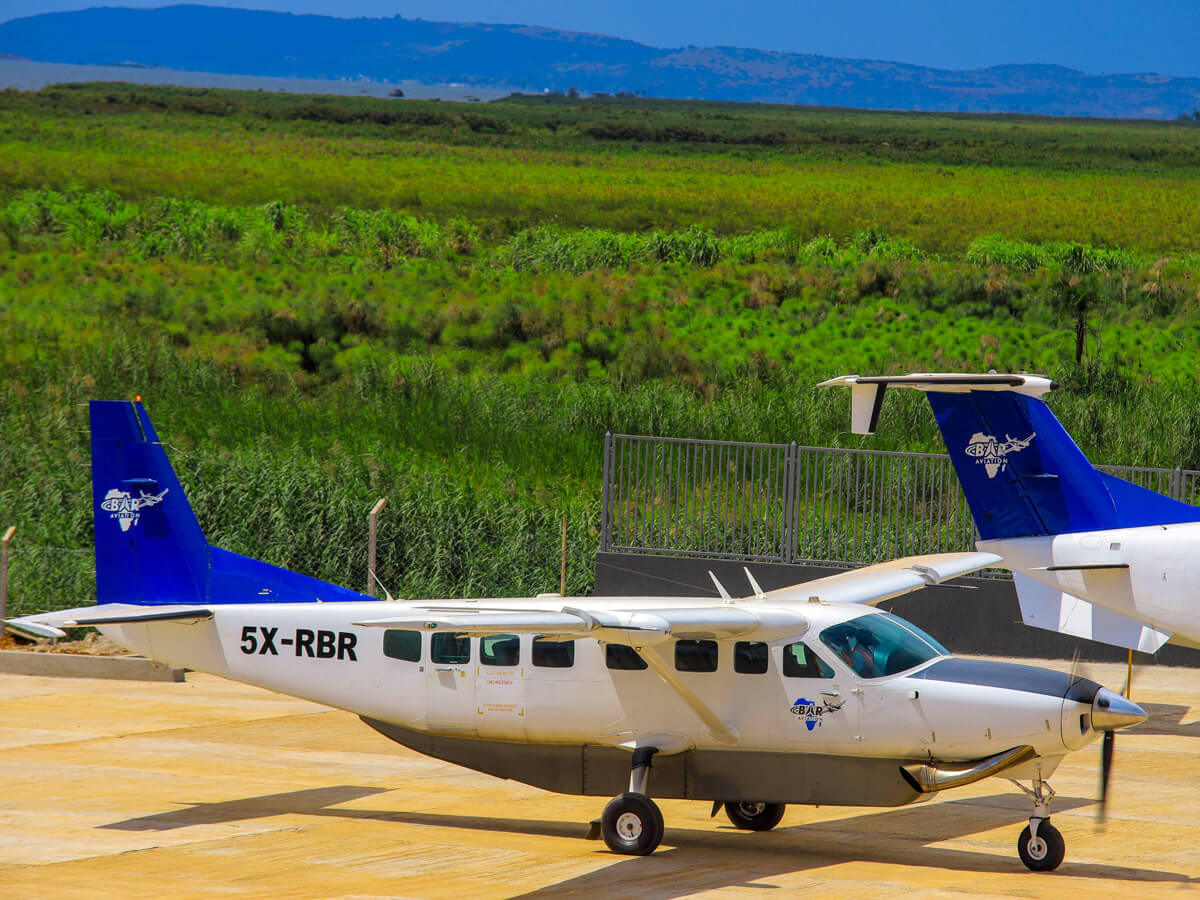
As you would expect, these domestic flights are more expensive than road travel, but they significantly reduce travel time. For example, driving from Kampala to Bwindi can take 8-10 hours, while a flight reduces the journey to about 2 hours.
Domestic flights are especially convenient for visitors with limited time or those seeking a more comfortable way to travel between safari destinations. Most domestic flights operate small aircraft, so it’s important to book early, especially during the high tourist season.
Safety and Accessibility Tips
Uganda is generally a safe country to travel in, but as with any destination, it's important to stay aware of your surroundings and take basic safety precautions.
- Seatbelts: Always wear a seatbelt when traveling in cars. In buses and matatus, this might not always be possible, but prioritize safety where you can.
- Boda-Bodas: Ensure that both you and the driver wear helmets, and avoid riding unknown boda-bodas at night for safety reasons.
- Personal Belongings: Keep your valuables secure and avoid displaying expensive items when traveling in crowded places.
- Travel Insurance: Ensure you have adequate travel insurance that covers transportation accidents, especially if you plan to rent a car or ride boda-bodas.
For people with disabilities, Uganda’s transportation infrastructure might pose some challenges. Public transportation is not particularly accessible, and even in major cities, you’ll find limited facilities for those with mobility issues.
Working with a tour operator, they will organize for you cars, activities and accommodations that take your accessibility into consideration.
In as much as most of the old infrastructure doesn't have considerations for people with disabilities, Ugandans are generally friendly and that goes for everyone - no exceptions.
Apps and Useful Resources
With the growth of the internet economy, navigating Uganda has become easier than ever. Several apps can help you access safer and more reliable transport:
- Uber: Available in Kampala, Uber offers a familiar and convenient way to get around the city, with fare transparency and driver ratings.
- SafeBoda: This is a popular app for boda-bodas, offering vetted drivers and the ability to request helmets.
- Google Maps: While not all places are properly mapped, google maps will help you navigate to various places, estimate distances and times among other uses.
- WhatsApp: WhatsApp is the most popular messaging platform and you will easily keep up with people and businesses through it.
- Mobile Money: This is how Ugandans transfer money to pay for goods and services - using their mobile phones. Almost all businesses use mobile money and every person with a phone has a mobile money account. When you get a simcard (phone number), you can deposit some money on your phone number, and use that to pay for things so that you don't move around with lots of cash.
For people who are organizing and running their safari in Uganda, these apps will help you to navigate the various parts of the trip in ways that were quite difficult when apps weren't a thing.
All-Inclusive Safaris
Many visitors to Uganda opt for all-inclusive safari packages, which cover everything from accommodation and meals to transportation and park entry fees.
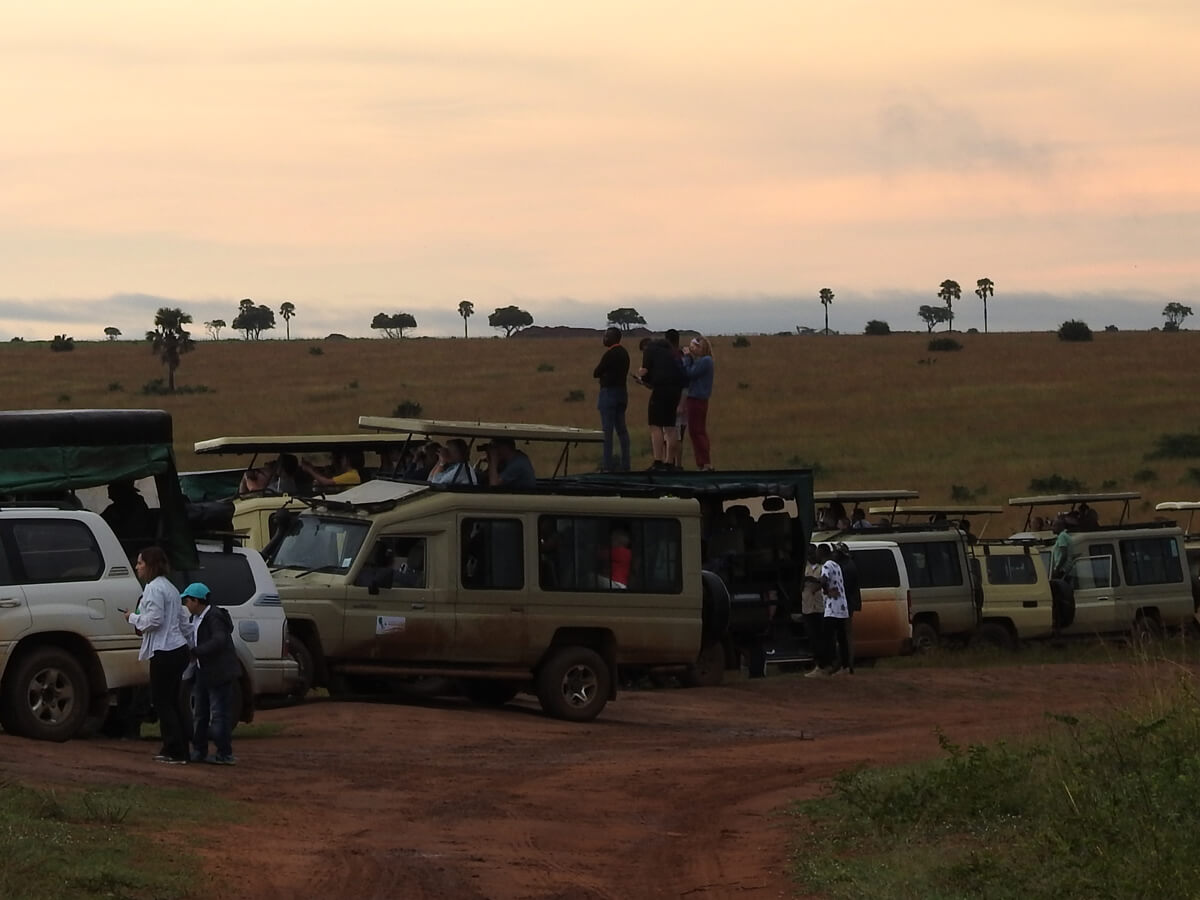
This is a popular option because it simplifies the logistics of travel, especially for first-time visitors.
All-inclusive safaris are convenient because they often include:
- Transport: You’ll have a private driver or guide who handles all the driving, eliminating the stress of navigating unfamiliar roads.
- Comfort: These packages generally use more comfortable vehicles and offer a smooth experience from start to finish.
- Time-Saving: Guided safaris often follow well-planned itineraries, helping visitors maximize their time and see more of Uganda’s attractions.
For those not familiar with Uganda or who have limited time, an all-inclusive safari is a stress-free and efficient way to explore the country. When you go for an all-inclusive safari, your driver/guide worries about the small details and you only have to enjoy yourself and let him/her take care of you.
Closing Thoughts
Getting around Uganda can be as adventurous as the country itself.
Whether you prefer the independence of a self-drive, the authenticity of public transport, or the convenience of domestic flights, Uganda offers a range of transportation options for every preference. With careful planning and an open mind, you'll find that exploring this beautiful country is an enriching experience.
Now that you have an idea of getting around Uganda, you can plan your visit and choose whether to through yourself into the deep end of authenticity via the public transportation system, or a solid mix that just give you the taste.
